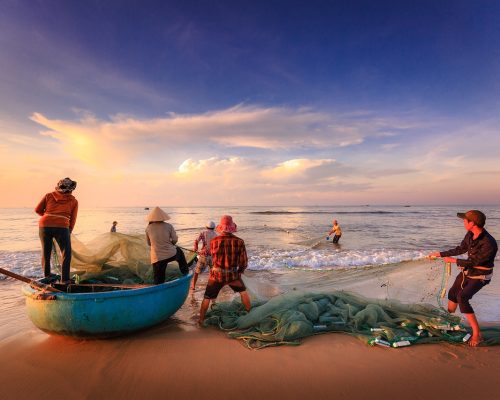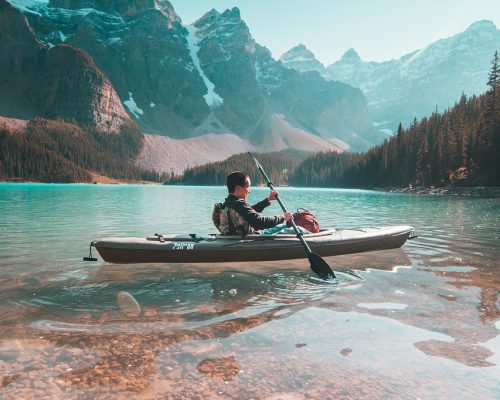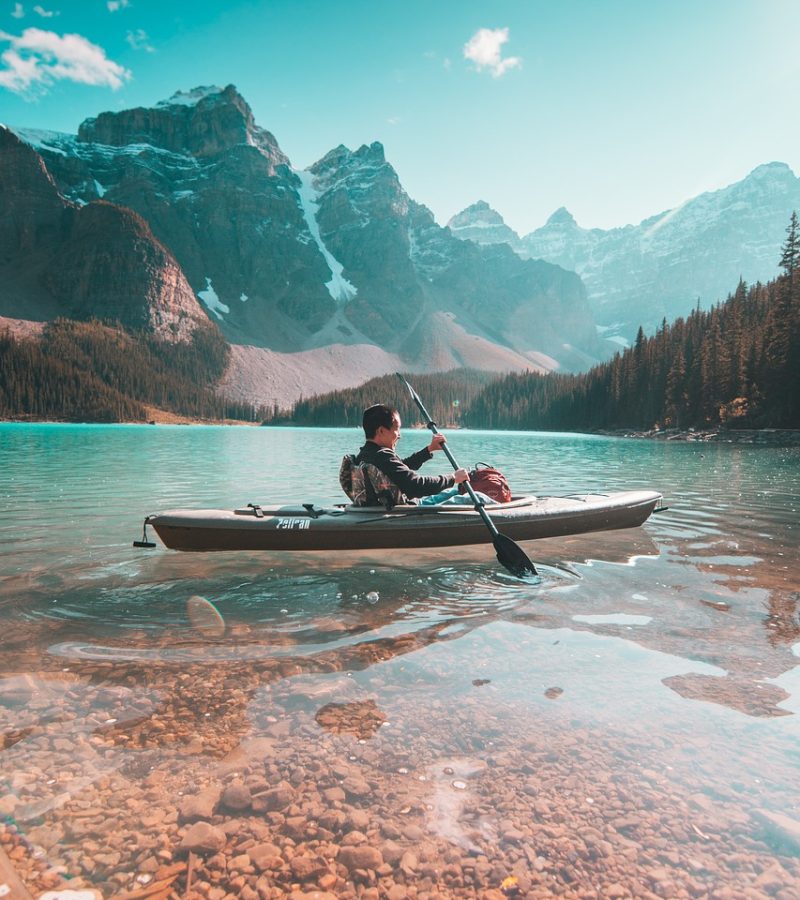Weather patterns are continually changing and can essentially affect drifting. Wind, precipitation, and temperature impact water conditions, perceivability, and wellbeing on the water.
Different types of life jackets are suited to various boating activities. Type I jackets offer maximum buoyancy, ideal for open waters. Type III vests are often used for watersports, offering mobility and comfort.
Wind speed and heading straightforwardly affect water conditions, from making little waves to creating enormous waves. Understanding breeze conditions is particularly basic for more modest boats, as they are more defenseless to overturning in harsh water.
Downpour, haze, and snow can decrease perceivability and make route seriously testing. Weighty downpour can make perilous circumstances by clouding snags and different vessels.
Temperature variances can influence motor execution and traveler solace. Chilly climate might diminish battery productivity and lead to motor difficulty, while extreme intensity can cause overheating.

Marine weather conditions gauges give nitty gritty data intended for water conditions, including wind speed, wave level, and perceivability. These estimates are many times more precise for untamed waters than general climate applications, as they center around factors that straightforwardly influence sailing.

Cloud developments can give significant pieces of information about approaching climate. For instance, cumulus mists by and large demonstrate fair climate, while obscuring cumulonimbus mists propose storms.

Barometric strain, or air pressure, is a critical mark of weather conditions. At the point when strain drops, it frequently flags that a tempest or downpour is drawing nearer. A rising indicator, then again, typically shows clear climate.
Tides, the normal ascent and fall of ocean levels brought about by gravitational powers, influence sailing by affecting route, water profundity, and momentum speed. Knowing the timing and level of tides is fundamental for protected and effective travel, particularly in beach front regions where tides are more articulated.

Tides altogether influence water profundity, particularly in shallow or seaside regions. Low tide uncovered shoals, rocks, and submerged perils, which can present dangers for boats. Elevated tide, then again, permits further admittance to specific regions.
Flowing flows, created by the development of tides, impact route and eco-friendliness. Solid flows might slow a boat or push it off kilter, while great flows assist with rationing fuel and decrease travel time.
Present day innovation offers boaters a scope of devices to screen climate and tides, from cell phone applications to on-board instruments. These apparatuses upgrade security by giving constant information and cautions, permitting boaters to go with proactive choices.
Marine-explicit applications, like Blustery, Navionics, and NOAA Climate, offer continuous reports on atmospheric conditions, including wind speeds, wave levels, and tide plans. A considerable lot of these applications permit boaters to set cautions for explicit circumstances, like high breezes or outrageous tides.
The two essential sorts of tides are spring tides and neap tides. Spring tides, which happen during the full and new moons, make the most elevated and least tides, with expanded water development.
Neap tides, happening during the first and second from last quarter moons, bring about less variety in water levels. Perceiving these cycles assists boaters with expecting water levels and change their route designs likewise.
Numerous cutting edge GPS gadgets and graph plotters come outfitted with flowing data, offering a visual portrayal of rising and falling water levels. These gadgets are especially useful for waterfront route, as they show flowing timetables and anticipated momentum speeds.
A solid GPS with flowing information lessens the gamble of establishing and guarantees that your course lines up with current circumstances.
Indeed, even with exhaustive readiness, climate and tides can change suddenly. Anticipating these progressions helps boaters answer certainly and guarantees everybody on board is prepared for expected difficulties.
By following a couple of best practices, boaters can relieve dangers and improve the general wellbeing of their journey.
